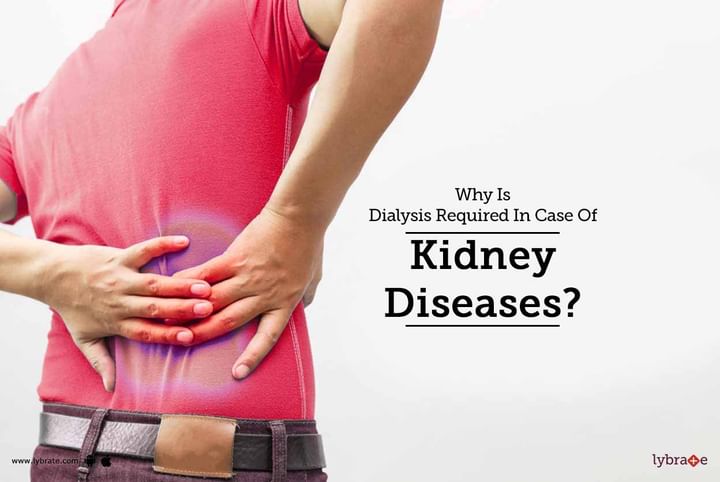Why Is Dialysis Required In Case Of Kidney Diseases?
The kidneys are a pair of bean-shaped organs located on either side of a person’s spine, under the ribs and behind the stomach. The main function of kidneys is to filter the blood through renal arteries directly from the aorta and transfer blood back to the heart via the renal veins.
Interruptions in the functioning of kidneys may arise, when kidney failure takes places, which might occur from chronic problems which gradually lead the kidneys to stop functioning. Dialysis is a treatment procedure for kidney failure, through which excess water, soluble and toxins are removed from the blood. It is an artificial process followed, which would have been originally done by the kidneys. Before going into the details of dialysis, let’s take a look at some of the causes and symptoms of kidney failure.
Symptoms of Kidney Failure
Several symptoms can arise during kidney failure. Possible symptoms are as follows:
- Amount of urine is reduced
- Swelling on the ankles, legs and feet of a person, due to fluid retention occurring as a result of kidneys’ inability to remove waste.
- Suffering from nausea on a persistent basis is a common symptom.
Causes Behind Kidney Failure
There are a number of causes behind the occurrence of kidney failure. They include:
- Diabetes mellitus
- Hypertension
- Small kidney by birth
- Diagram of dialysis machine and procedure
Treatment - Dialysis Requirement
Dialysis treatment is one of the primary procedures through which failed kidneys are treated. Dialysis, through the use of a machine, filters and purifies the blood, by taking the toxic substances and excess water out of it. There are two types of dialysis, hemodialysis and peritoneal dialysis. We take a look at both the types through the descriptions below:
- Hemodialysis: In this type of dialysis, blood gets passed on to the machine, from the patient’s body, through a sterile tube and into a filter, known as a dialysis membrane. This procedure requires a patient to have a specialized vascular tube, which is placed between an artery and a vein in the arm or leg. This is known as Cimino fistula. Then, needles get placed in the fistula and blood passes through the filter, on to the dialysis machine and back to the patient. In case, a patient needs dialysis before a fistula is placed, a large diameter catheter is placed into a large vein in the neck or on the leg to get dialysis done.
- Peritoneal Dialysis: This type of dialysis uses the patients’ own body tissues inside the belly to act as the filter. The abdominal cavity is lined up with a special membrane known as the peritoneal membrane. Then a paeritoneal dialysis catheter gets placed through the abdominal wall into the abdominal cavity. After that, a special fluid called dialysate is then flushed into the abdominal cavity and help wash around the intestines. The membrane does the work of a filter between the fluid and blood stream. Through the use of different kinds of solutions, excess fluid and waste materials can get removed from the system through this process.



+1.svg)
